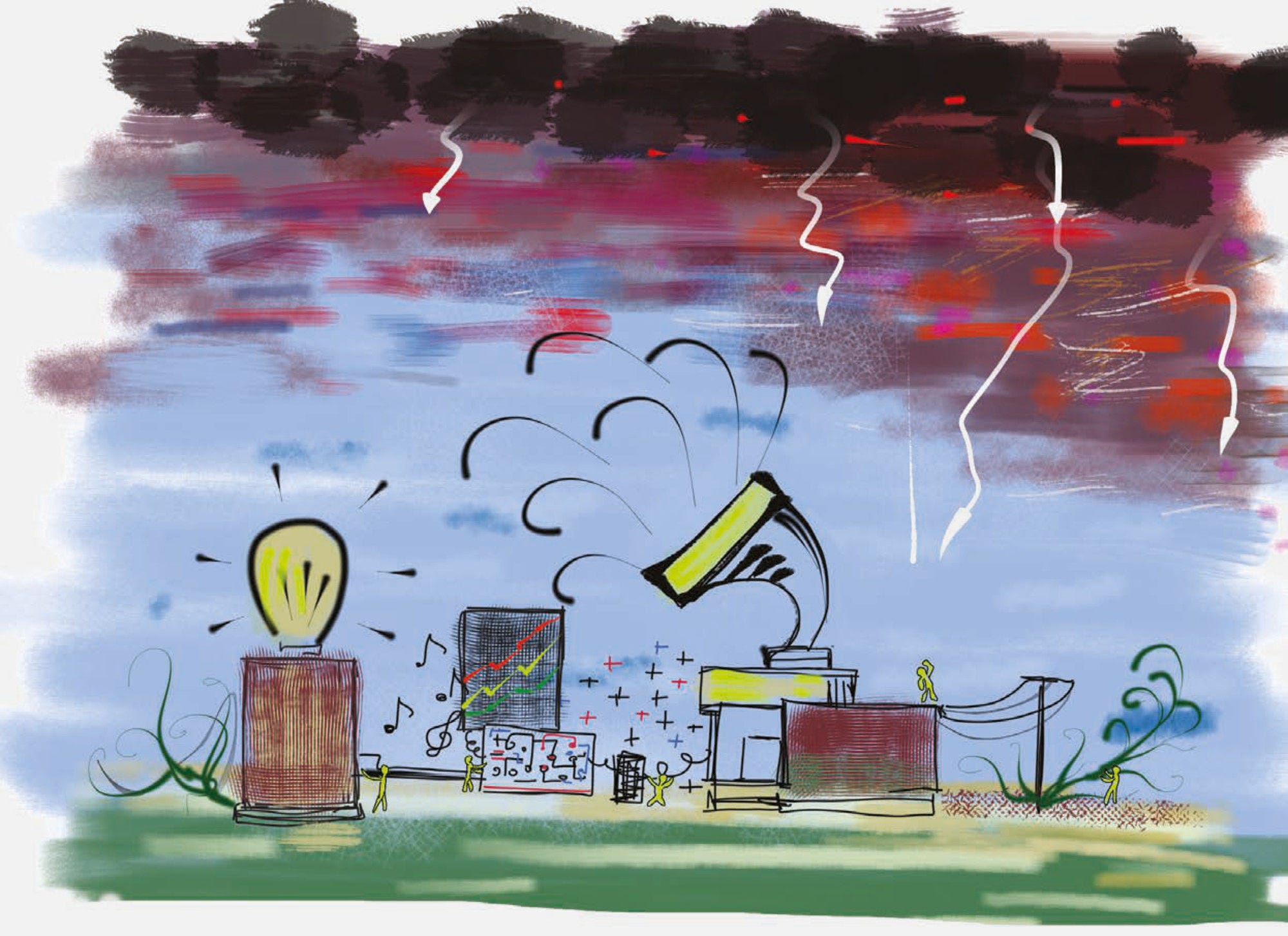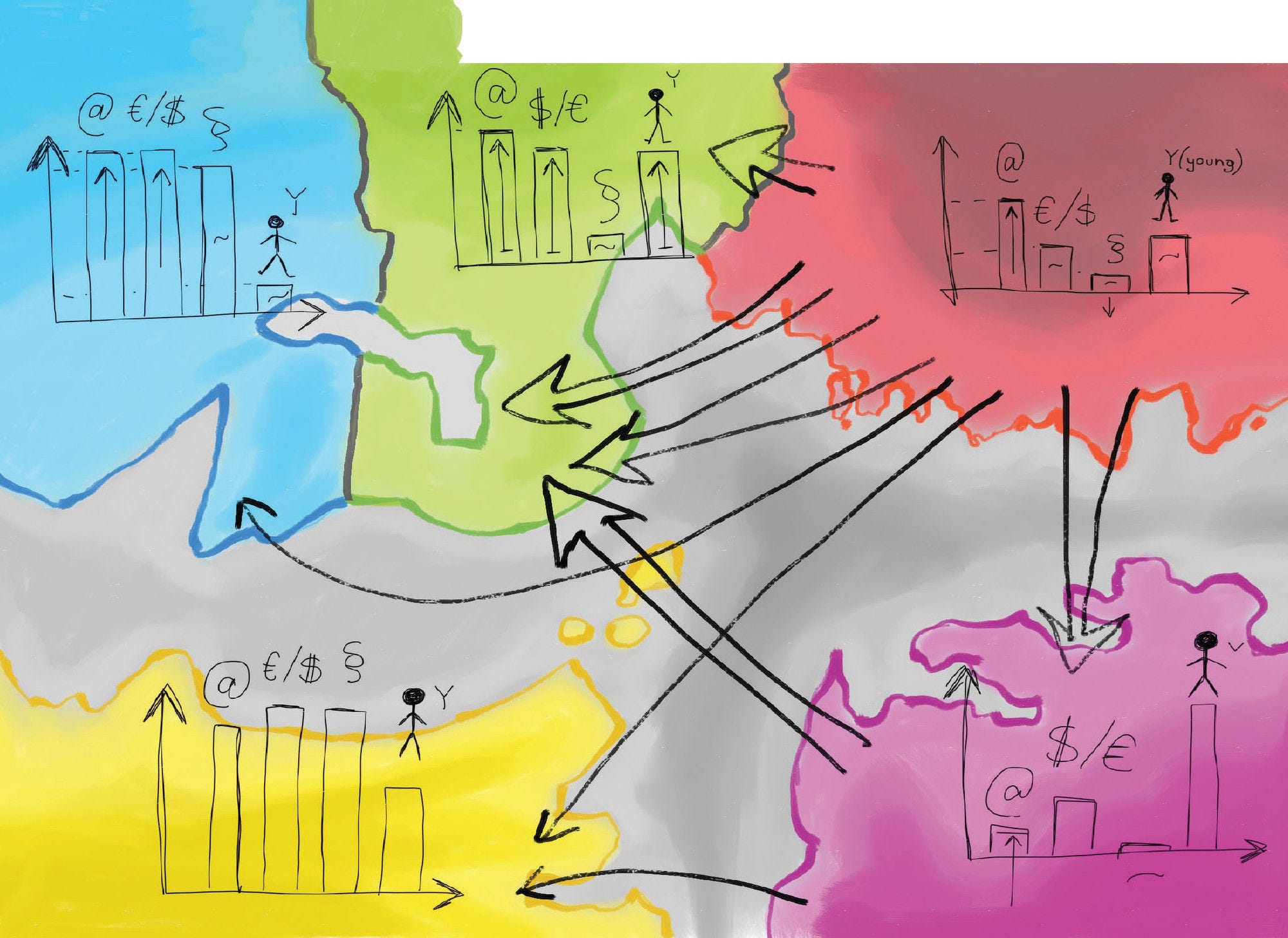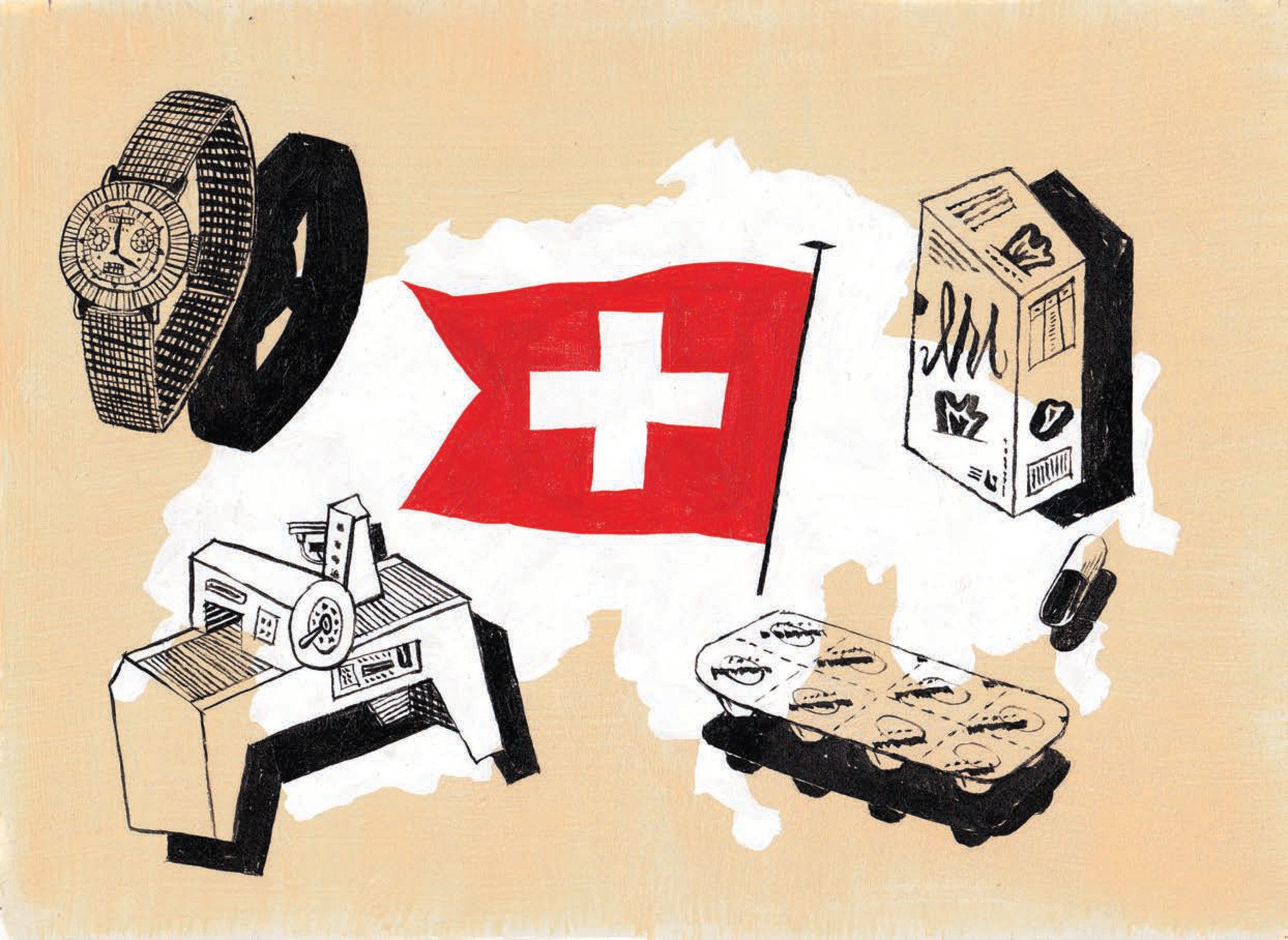Illicit trade in counterfeit goods causes economic damage by reducing sales and profits as well as innovation incentives in legitimate industries. This study looks at damages caused by illicit trade in counterfeits to small and medium-sized enterprises. The robust evidence on the magnitude, scope and trends of this risk informs policy makers about the need to include anti-counterfeiting elements in policy packages designed to support SMEs.
Risks of Illicit Trade in Counterfeits to Small and Medium-Sized Firms

Abstract
Executive Summary
This report analyses the economic impact of illicit trade in counterfeit goods on small and medium-sized enterprises. It also provides a deeper dive into the data on the nature of this threat in the EU context.
Trade in counterfeit goods represents a longstanding, global socio-economic risk that threatens effective public governance, efficient business and the well-being of consumers. At the same time, it is becoming a major source of income for organised criminal groups. It also damages economic growth, by reducing business revenue and undermining their incentive to innovate.
Counterfeit and pirated goods can be found in all industries and across all product categories. Consequently, all companies that use intellectual property (IP) and trademarks in their business models – including small and medium-sized enterprises (SMEs) – are exposed to the risk of illicit trade in counterfeiting.
SMEs play an important role in most economies. In OECD countries, they make up the majority of businesses and account for around two-thirds of total employment. Even though the use of intellectual property among SMEs is relatively low, innovative SMEs report higher IP ownership rates as they actively look for ways to improve existing products, services and business processes.
One of the most important reasons SMEs give for registering IP is to deter counterfeiting and prevent other firms from copying their products or services. At the same time, as many as 40% of SMEs in the EU do not monitor their markets for counterfeiting and potential infringements of their IP.
Enforcement data highlight that SMEs are affected by counterfeiting. Counterfeiters target all type of innovative goods produced by SMEs, with electrical machinery and electronics, clothing and fashion goods, perfumery and cosmetics, and toys and games being the most frequently targeted. Moreover, many of these fake goods are substandard, posing health and safety threats to consumers.
Counterfeit goods infringing SMEs’ IP mostly come by mail from China and Hong Kong (China). Fewer transit hubs are abused by criminals to smuggle fakes infringing SMEs’ IP than to smuggle goods that infringe large companies’ IP.
Regarding the imports of fakes infringing SMEs’ IP to the EU, the patterns were similar. Most of such fakes come from China and Hong Kong (China), and mail was the preferred method used to ship fakes violating SMEs’ IPR into the EU. In addition, around half of the seizures of counterfeit products infringing the IPR of SMEs destined for the EU were purchased online.
The picture drawn from customs seizure data is complemented by data from a survey carried out among SMEs. It shows that, while 15% of SMEs who own IP have experienced an infringement, this rate grows to almost 20% for innovative firms. This rate might still be undervalued, as 40% of SMEs do not monitor markets for counterfeiting of their products. Consequently, the main effect of IP infringement on SMEs was a greater awareness of the need to protect IP. Other important impacts of counterfeit goods on SMEs included a loss of turnover, reputational damage and the loss of their competitive edge.
In terms of rights enforcement, submitting takedown notices to Internet platforms is the most popular form of deterring counterfeiting among SMEs. At the same time, 11% of small firms whose IP has been infringed do not enforce their rights. This is because SMEs perceive enforcement procedures to be too complex, lengthy and costly.
The damaging effects of counterfeiting on firms’ performance tend to be more dangerous to SMEs than to large firms that have the experience and capacity to deal with the risks. While large companies may be able to overcome the effects of IP rights abuse, SMEs might not have sufficient resources to compensate for economic damages caused by counterfeits. In addition, SMEs are often not be able to secure effective protection and enforcement of their IP, as trademarks have limited geographical scope, and protection is often not valid in other markets (such as China) where the infringement might take place. Finally, SMEs often do not have sufficient resources and capacities to monitor this threat, or to develop effective countermeasures.
According to the data, an SME whose IP has been infringed has 34% lower odds of survival than SMEs that did not experience infringement. Put differently, counterfeiting significantly increases the risk that an SME may leave the market, by making further operations unprofitable and leading to a closing of business or even bankruptcy.









